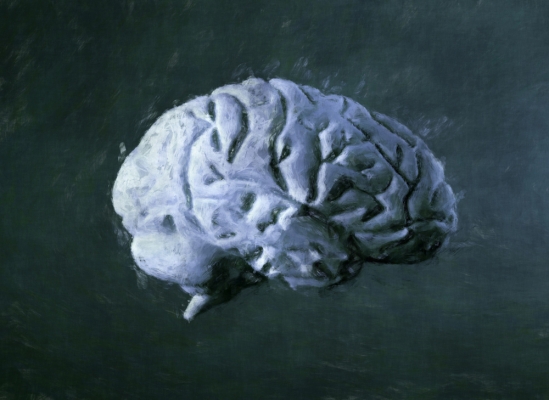
This month, President Obama unveiled plans to fund a $100 million project to discover how different regions of the brain connect and result in the many complex functions that we as human beings are capable of. The BRAIN initiative, similar in its audacious attempt to push the boundaries of human knowledge as the Human Genome project, will endeavour to discover more about the most complex structure in the universe.
So, I was inspired to reconnect with my neuroscience roots myself and through a recommendation of our very own Psyche Editor; Mr Starkey, came across the intriguing field of ‘Personality Neuroscience’. The aim of this field, is “to understand both the biological systems that are responsible for the states associated with [personality] traits and the parameters of those systems that cause them to function differently in different individuals” (DeYoung, 2010). A leading figure within Personality Neuroscience is Dr Colin DeYoung, who The Psychometrics Forum hosted via teleconference from the USA in 2011.
From my reading of this complex, interdisciplinary field, it seems that a personality trait (Big 5, for example) is mapped onto a certain brain region, using the psychological function of each trait as a stepping stone for this process. In other words, a trait such as Extraversion is hypothesised to have a psychological function i.e. approach towards potential rewards, which is associated with particular brain regions and neurotransmitters such as dopamine. Therefore, the psychological function provides the link between a biological personality trait and its home within the brain. But why is this important? Simply put, there is a two-way street between personality and neuroscience. Having an understanding of the biological basis of personality traits can help us to refine personality theory, while personality theory can help us to begin understanding the neurological basis of human behaviour (DeYoung, 2010).
As well as taking the position that the Big five factors of personality collapse upward into two broader factors (McCrae et al., 2008), DeYoung suggests that there are mid-level factors between the Big Five and their facets (DeYoung, Quilty, & Peterson, 2007). The figure below demonstrates the neurobiological taxonomy of personality traits. DeYoung (2010) uses this taxonomy of personality to shape his theorising regarding the psychological function and therefore the brain region responsible for such traits. In an attempt to simplify this rather messy and far from clear-cut body of research, in the table below, I have outlined some of the key regions associated with each of the big five personality traits. Please forgive the rather crude approach here, as it does seem that we are in the infancy stage of this approach, nevertheless I’m sure my old Neuroscience tutor would not be impressed(!)
Figure 1 – The Taxonomy of the Big Five Personality traits
Table 1 – Table showing Each Big Five trait with its corresponding Psychological Function and associated brain region.
The pursuit of mapping out personality constructs according to our neuroscience is now possible, because of the huge advances in brain measurement technology. This is a complex yet incredibly exciting and revolutionary undertaking. We are today closer than we have ever been to understanding the intriguing human machine, which lies encased within our primitive skulls. Yet, we stand light-years away from fully understanding it, as we still face many challenges. In relation to personality theory, as DeYoung concludes, we could base a causal theory of personality on psychological constructs alone, but this would be ignoring the neurological basis of behaviour and experience. Perhaps the BRAIN initiative, in time will take us one step closer to comprehending the potential cause of the whole person. Through a more sophisticated understanding of how the various brain systems communicate and function in tandem, we can create a better picture of how such unique and individual personalities emerge.
Written by Raj Chopra, Committee Member, The Psychometrics Forum.
References
DeYoung, C. G. (2010). Personality Neuroscience and the Biology of Traits. Social and Personality Psychology Compass, 4, 1165–1180.
DeYoung, C. G., Quilty, L. C., & Peterson, J. B. (2007). Between facets and domains: 10 aspects of the Big Five. Journal of Personality and Social Psychology, 93, 880–896.
McCrae, R. R., Jang, K. L., Ando, J., Ono, Y., Yamagata, S., Riemann, R., et al. (2008). Substance and artifact in the higher-order factors of the big five. Journal of Personality and Social Psychology, 95, 442–455.
Brain images courtesy of http://www.g2conline.org/
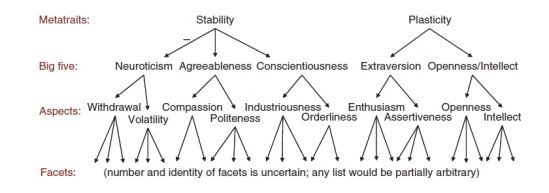
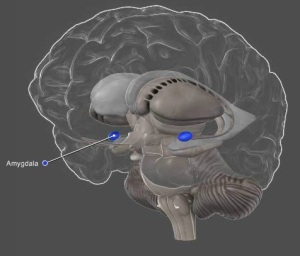
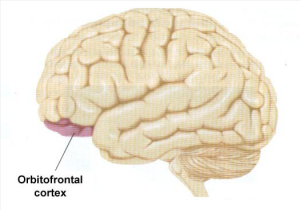
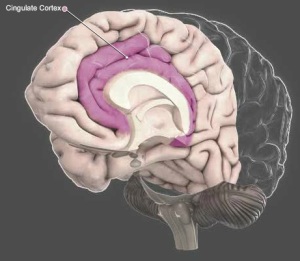
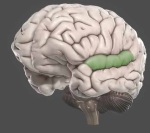
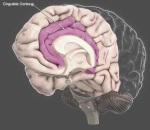
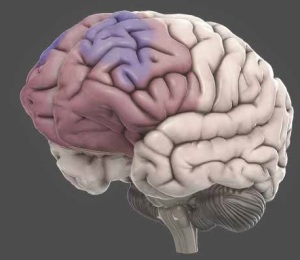
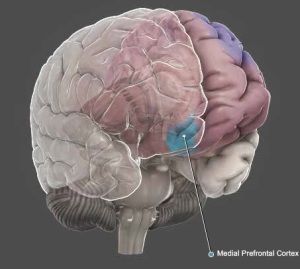
Aucun commentaire:
Enregistrer un commentaire
Remarque : Seul un membre de ce blog est autorisé à enregistrer un commentaire.